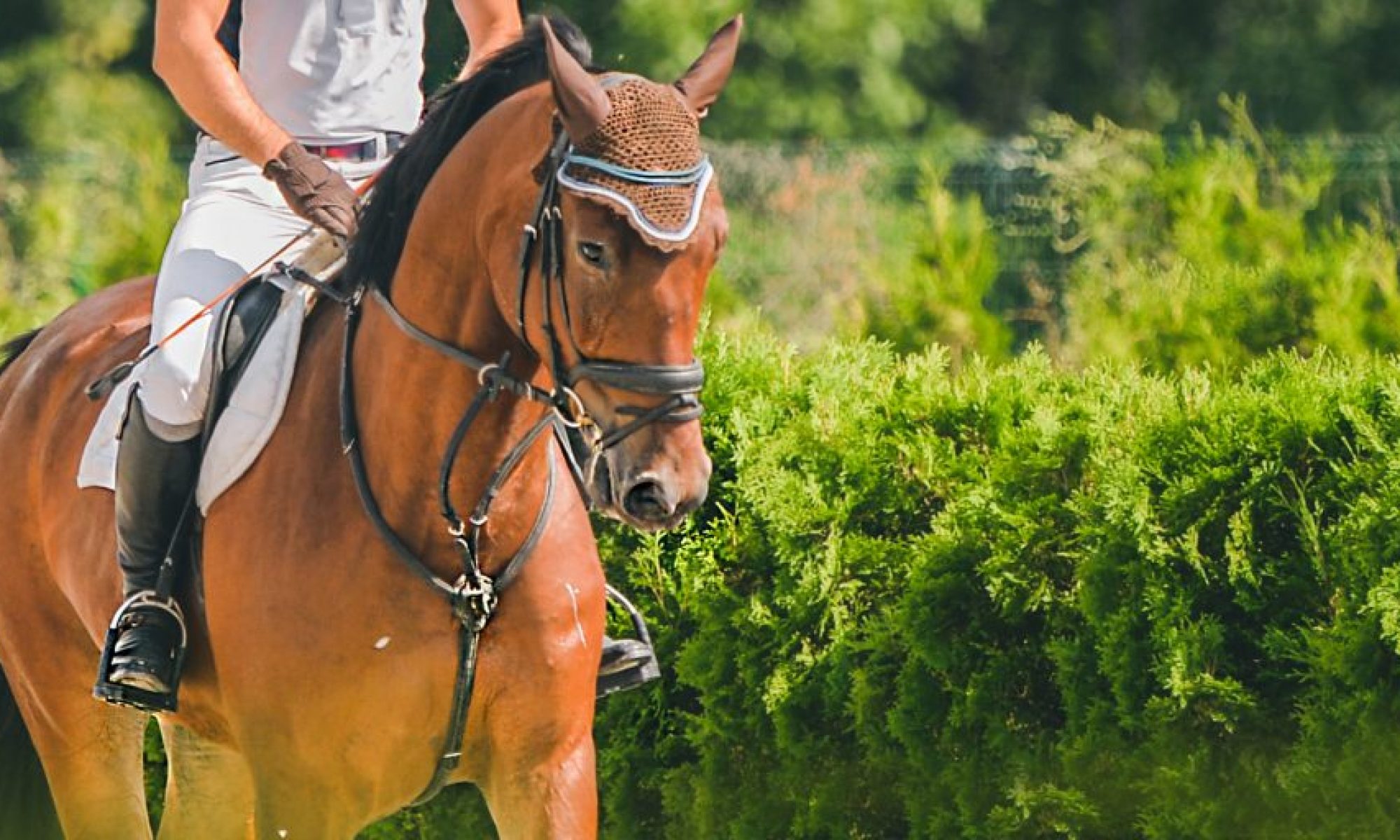The classic pairing of wine and cheese is taken to another level by the Swiss. The Alpine country, with its many pasturelands, is home to many famous cheeses. Surrounded by great wine regions of France, Germany, and Italy, it’s no wonder someone came up with the idea of cooking cheese with wine in the 17th century.
“Fondue,” as we now call it, is made by melting cheese in wine, and it’s usually served with bread to be dipped in it. It is the national dish of Switzerland, and it’s the most recognized dish. The blend of flavors and aroma from great cheese and wine is a wonderful foundation for anything you dip into it. It is something that should be experienced if you ever travel to Switzerland.
Meanwhile at home, you can find this classic Alpine creation in the heart of Coral Springs. The Melting Pot, located near the corner of Sample Road and Coral Springs Drive, serves up this simmering concoction to local residents.
Their classic fondue is made with Gruyère, a hard cheese named after a town in Fribourg in Switzerland. The cheese is sweet, and it’s creamy and nutty when young. Along with a white wine, the fondue provides a fruity base for more than just bread. At the Melting Pot, they provide you with apple slices that go extremely well with this fondue.
Emmentaler cheese, with its characteristic “eye formation” common in many Swiss cheeses, is part of other Melting Pot fondue offerings. Its mild and savory flavor pairs well with Wisconsin aged cheddar and Sam Adams lager. This fondue provides a stronger flavor base, which goes well with the soft pretzels and vegetables offered.
At the Melting Pot, they also serve great salads, with delicious dressings. They offer a great refresher for your taste buds before you embark on the restaurant’s entree course. For the entree, a selection of proteins is offered, which can be cooked at the table either with a grill or in a hot pot.
The grill options work great with many cuts of meat and fish that are on the menu, or you can try their Coq au Vin stock, which is prepared with burgundy wine, mushrooms, scallions, and garlic. The Melting Pot also serves entrees with a combination of dips, which adds extra flavor dimension for the diner.
The meal is not complete without enjoying a new modern American fondue creation. The chocolate fondue was first served in a restaurant in New York in the 1960s. The Melting Pot’s chocolate fondues offer several chocolate options, including dark, milk, and white chocolate. Served with a combination of fruits and desserts, it will satisfy any sweet tooth. For those who love chocolate, there is nothing more decadent than dipping a brownie into dark chocolate. And who doesn’t love a strawberry or banana dipped in chocolate?
So as the next cold front comes to Florida, and you want to enjoy a classic Swiss creation, give fondue a try. The Melting Pot has long served its version of this method of cooking in Coral Springs. They offer an authentic experience that you will enjoy.
The Melting Pot is located at 10374 W. Sample Road, Coral Springs; www.meltingpot.com/coral-springs-fl.












